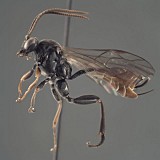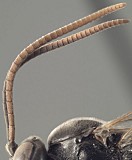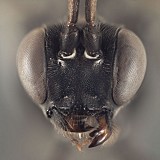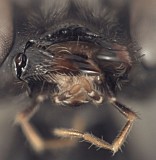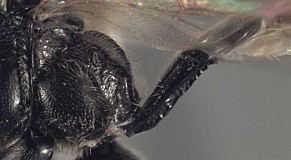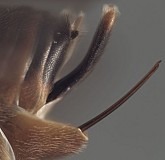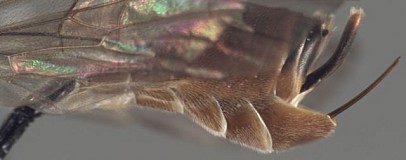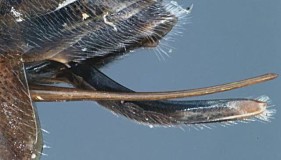Type species: Mesoleptus fortipes Gravenhorst, 1829. Subsequent designation by Viereck (1914: 117).
Catoglyptus Foerster, 1855: based on Holmgren (1857: 106).
Type species: Mesoleptus fortipes Gravenhorst, 1829. Designated by Viereck (1912: 175).
Earlier authors used 1838 as the date of publication of Schiodte’s work. Horstmann (2004) presents evidence for the 1839 date of publication. Horstmann (2004) also notes that Schiodte indicated two species in his publication: the one previously described by Gravenhorst and a second one that Schiodte described as a new species. Previously, several authors had indicated that the genus was monobasic.
“Holmgren, 1855” is sometimes given as the authority for Catoglyptus. Yu et al. (2012) cite Carlson (1979: 264) for correction of the date of publication of Holmgren’s work, though that page only lists the date change and not the basis for the change. Holmgren (1857) gave credit for the genus name to “Foerster, 1855.”

